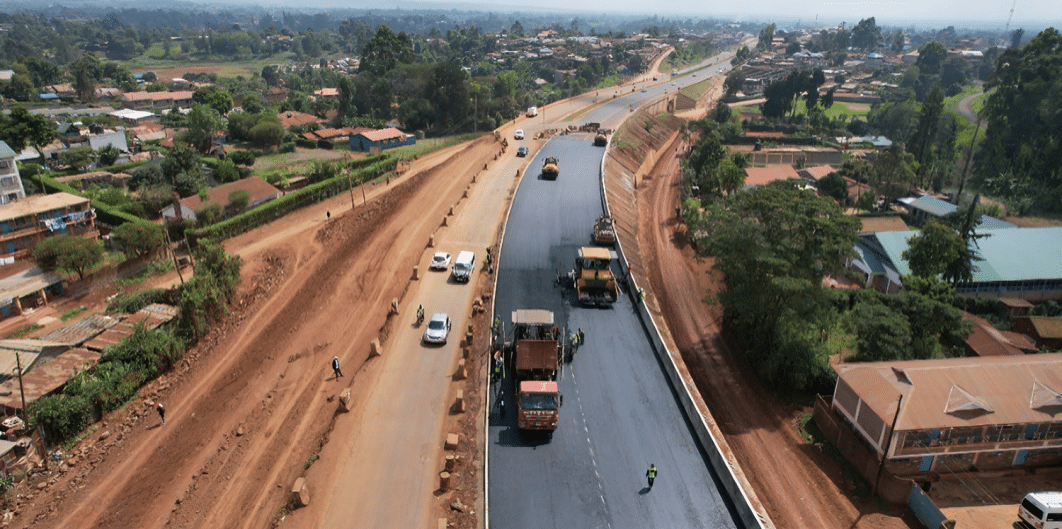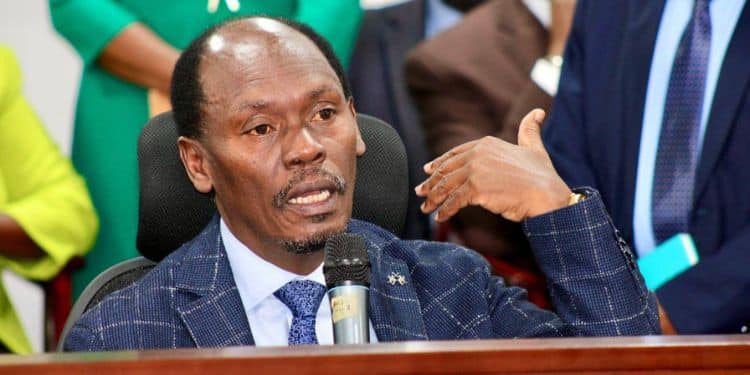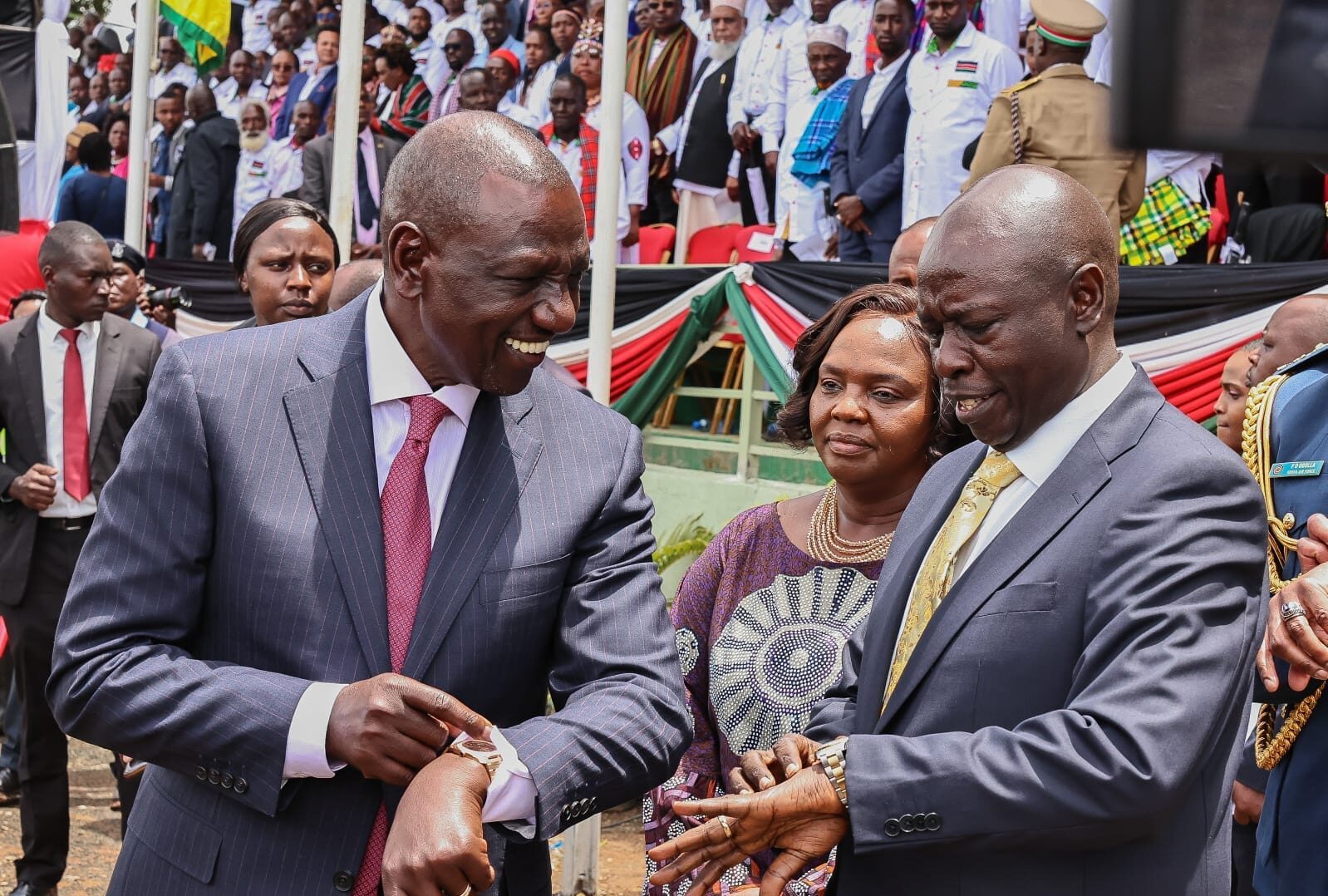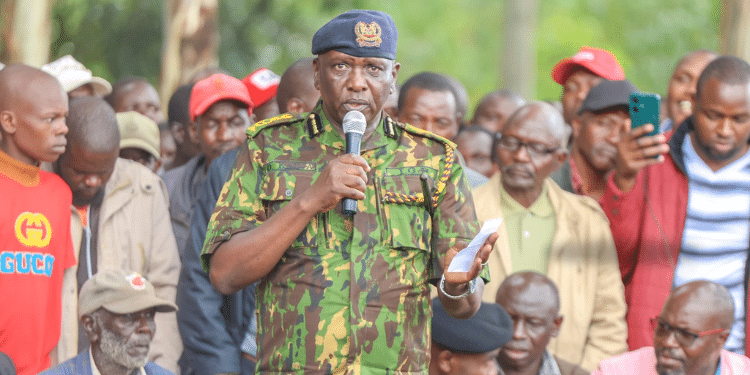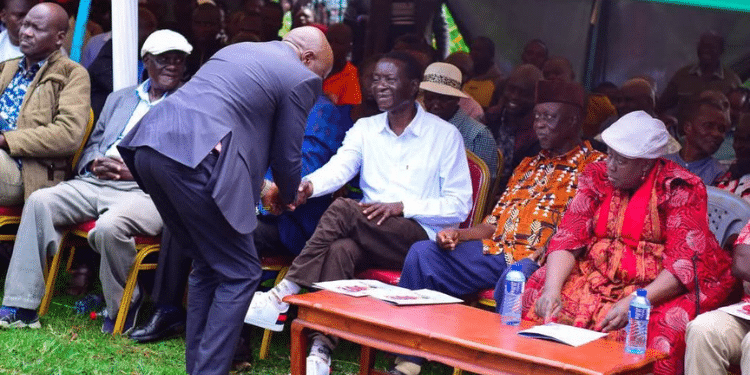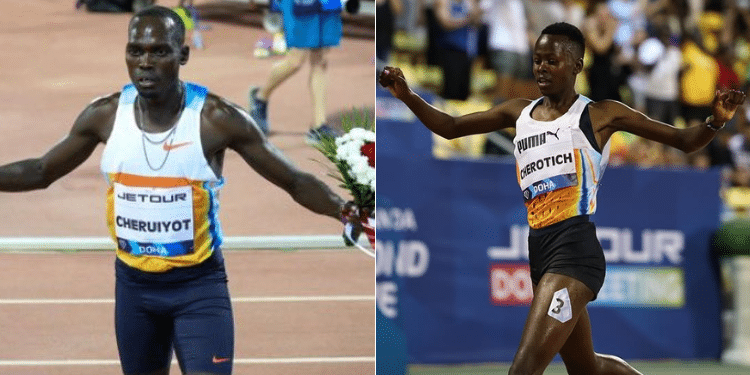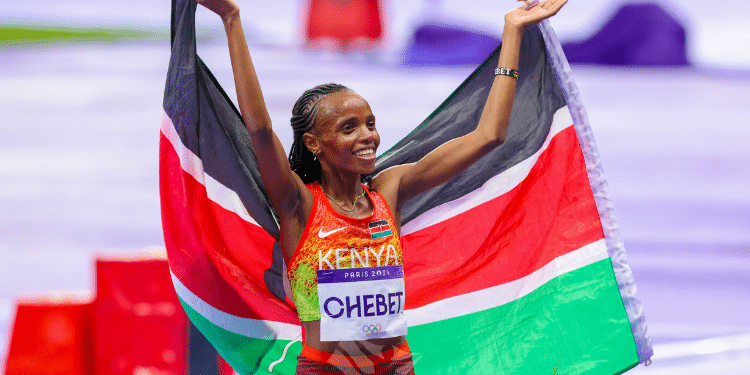As 2024 nears the end, one interesting thing to take home from the action-packed year is the novel transformation of activism. If one compares the way activism on human rights and governance is being done today (2024) with the way it was done during the turn of the millennium, there is notable transformation.
Take for instance the methods used by Kenyans when they agitated for multipartyism in 1990s and, later, for a new constitution that came to be realized only in 2010. Activists pressing for change predominantly relied on street demonstrations, placard-waving, and petitions delivery as their main tools or methods of expression. These methods, while effective at the time, often required physical presence and were limited in reach.
In 2024, activism has embraced a new era of digital sophistication, creativity, and resilience, led predominantly by younger generations. This evolution has reshaped not only the ways grievances are expressed, but also how government officials respond to public scrutiny.
In the 1990s, activism was highly visible and centralized. Protesters would gather in public spaces, drawing attention through numbers and symbolic gestures, such as singing liberation songs, saying prayers, or waving banners.

How Prof Maathai set pace in activism
Nobel laureate Prof Wangari Maathai, for instance, would write open letters to the president and other times she would engage in symbolic tree planting especially in public sites targeted by grabbers, such as Uhuru Park and Karura Forest. In one instance in 1992, she staged a weeklong sit-in outside Harambee House seeking to have audience with the then Head of Civil Service and Secretary to the Cabinet Prof Philip Mbithi to hand in a letter about politically orchestrated tribal clashes.
Also Read: Campaign Launched to Counter Viral Memes Mocking Ruto
However, the advent of the internet and mobile technology (which was inexistent in Prof Maathai era) has decentralized and diversified activism. Digital platforms like TikTok, Facebook, X (Twitter), and WhatsApp have not only become stock in trade but also the hubs for mobilizing, organizing, and expressing dissent.
For keen observers, the Gen Z-driven protests of 2024 especially in June and July marked a critical turning point. First it marked a reduction of the average age of the activists in the country since Gen Zs are 28 years old, or less, and they outnumber millennials and Gen X. They love and are adept at unconventional methods of expression — digital posters, caricatures, and memes — to convey complex messages in digestible and often humorous ways.
The memes are entertaining, deeply critical, and highly revealing of the government shortcomings with razor-sharp wit. During the controversial taxation debate earlier this year, memes portraying leaders’ snobbery and detachment from the plight of ordinary citizens flooded social media, sparking conversations that reached millions within hours.

Emergence of Memes
Static cartoons capturing characters of senior individuals in government and opposition have particularly created unprecedented impact. Highly potent by nature, the cartoons are easily accessible to all, both literate and illiterate. In the last few months, they have unleashed real havoc by shaping public opinion on major scandals that have rocked different sectors of governance. The targeted individuals are bitter but they have little options. A meme dubbed kasongo eeh! Mobali na ngai! has particularly captured the imagination of Kenyans amid claims that it refers to President William Ruto.
Another key feature in 2024 is that activists started relying on real-time communication tools to coordinate protests, share updates, and provide safety tips. They use WhatsApp groups to relay the location of police roadblocks or the availability of first aid on protest sites. Live streaming on platforms like TikTok and Facebook ensures that incidents of police brutality or misuse of power are documented and shared widely, holding authorities accountable in ways unimaginable two decades ago.
Modern protests in Kenya are characterized by preparedness and strategy. Activists often carry first aid kits to treat injuries sustained during demonstrations, ensuring that casualties do not derail their cause. Engaging the police has also become a deliberate tactic, with protesters initiating dialogue to de-escalate potential violence. This strategic shift demonstrates an understanding that activism is not just about shouting demands but also about framing a narrative that resonates with both the public and the authorities.
The year also witnessed increased use of the national flag as a symbol of patriotism in protests, a novel tactic that squarely counters the government’s narrative that protesters are unpatriotic or disruptive. By wrapping themselves in the flag, activists assert their love for the country and their right to demand better governance.
Govt responds with violence to suppress dissent
The government’s response to modern activism has been twofold: public relations campaigns to counter dissenting narratives and high-handed tactics, including abductions, mysterious disappearances, and extrajudicial killings. While these actions aim to intimidate, they have often had the opposite effect. The resilience of Kenya’s youth has only grown stronger, with more individuals joining the cause and finding creative ways to voice their concerns.
Also Read: Kenyan Arrested for Predicting Ruto’s Death
For instance, when several activists disappeared in early 2024, social media campaigns like #BringThemBack gained international traction, forcing the government to address the issue. The persistence of activists in exposing these injustices has shifted the discourse, making it nearly impossible for authorities to silence dissent without facing backlash.
Kenya’s younger generation is not only fearless but also highly informed and critical. They scrutinize government policies and decisions with a level of detail that previous generations could not achieve. Access to information, coupled with widespread digital literacy, means that no misstep goes unnoticed. For instance, the controversial housing levy proposal earlier this year sparked widespread debate, with activists dissecting the policy on social media and pointing out flaws that traditional media might have overlooked.
Going by the 2024 developments of the activism and the increasing role of technology as an enabler for lobbying and advocacy, it is a tall order for the government to imagine that it can merely suppress activism. What is far easier is to engage and address issues that matter. Otherwise, Kenyans can brace to see more dramatic activism in 2025, as more people discover ways of amplifying their voices through social media platforms.
Follow our WhatsApp Channel and join our WhatsApp Group for real-time news updates.












